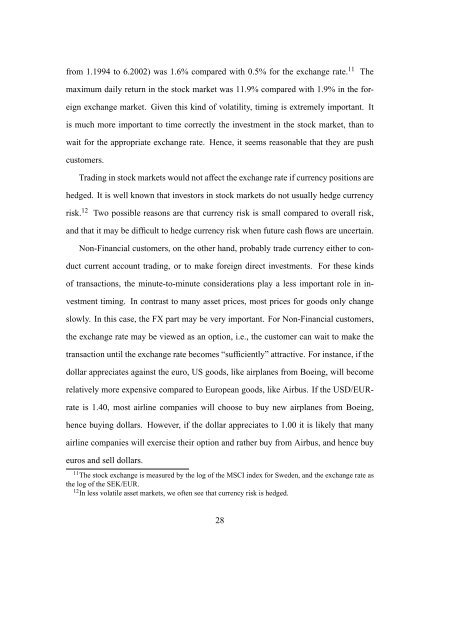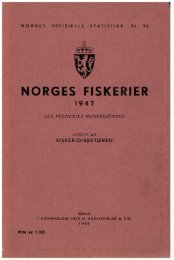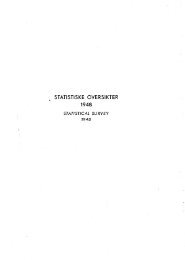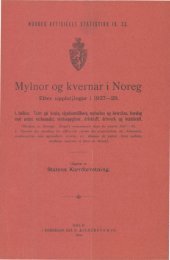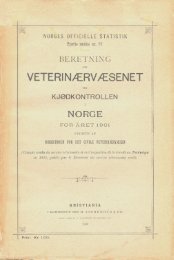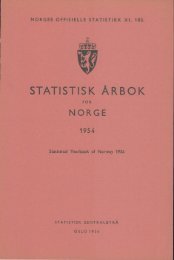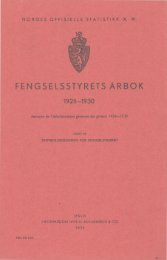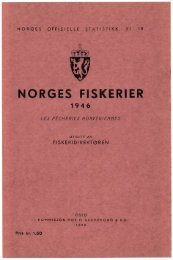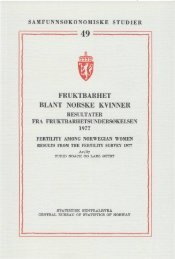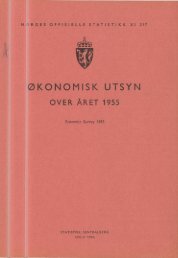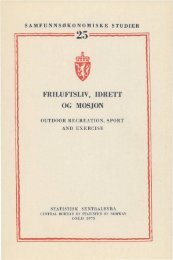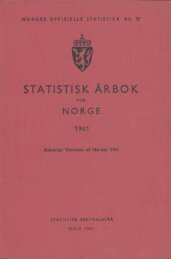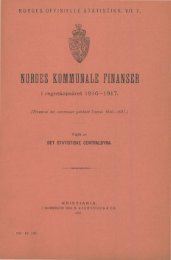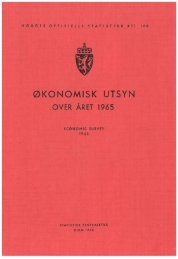Liquidity provision in the overnight foreign exchange market
Liquidity provision in the overnight foreign exchange market
Liquidity provision in the overnight foreign exchange market
You also want an ePaper? Increase the reach of your titles
YUMPU automatically turns print PDFs into web optimized ePapers that Google loves.
from 1.1994 to 6.2002) was 1.6% compared with 0.5% for <strong>the</strong> <strong>exchange</strong> rate. 11<br />
The<br />
maximum daily return <strong>in</strong> <strong>the</strong> stock <strong>market</strong> was 11.9% compared with 1.9% <strong>in</strong> <strong>the</strong> <strong>foreign</strong><br />
<strong>exchange</strong> <strong>market</strong>. Given this k<strong>in</strong>d of volatility, tim<strong>in</strong>g is extremely important. It<br />
is much more important to time correctly <strong>the</strong> <strong>in</strong>vestment <strong>in</strong> <strong>the</strong> stock <strong>market</strong>, than to<br />
wait for <strong>the</strong> appropriate <strong>exchange</strong> rate. Hence, it seems reasonable that <strong>the</strong>y are push<br />
customers.<br />
Trad<strong>in</strong>g <strong>in</strong> stock <strong>market</strong>s would not affect <strong>the</strong> <strong>exchange</strong> rate if currency positions are<br />
hedged. It is well known that <strong>in</strong>vestors <strong>in</strong> stock <strong>market</strong>s do not usually hedge currency<br />
risk. 12<br />
Two possible reasons are that currency risk is small compared to overall risk,<br />
and that it may be difficult to hedge currency risk when future cash flows are uncerta<strong>in</strong>.<br />
Non-F<strong>in</strong>ancial customers, on <strong>the</strong> o<strong>the</strong>r hand, probably trade currency ei<strong>the</strong>r to conduct<br />
current account trad<strong>in</strong>g, or to make <strong>foreign</strong> direct <strong>in</strong>vestments. For <strong>the</strong>se k<strong>in</strong>ds<br />
of transactions, <strong>the</strong> m<strong>in</strong>ute-to-m<strong>in</strong>ute considerations play a less important role <strong>in</strong> <strong>in</strong>vestment<br />
tim<strong>in</strong>g. In contrast to many asset prices, most prices for goods only change<br />
slowly. In this case, <strong>the</strong> FX part may be very important. For Non-F<strong>in</strong>ancial customers,<br />
<strong>the</strong> <strong>exchange</strong> rate may be viewed as an option, i.e., <strong>the</strong> customer can wait to make <strong>the</strong><br />
transaction until <strong>the</strong> <strong>exchange</strong> rate becomes “sufficiently” attractive. For <strong>in</strong>stance, if <strong>the</strong><br />
dollar appreciates aga<strong>in</strong>st <strong>the</strong> euro, US goods, like airplanes from Boe<strong>in</strong>g, will become<br />
relatively more expensive compared to European goods, like Airbus. If <strong>the</strong> USD/EURrate<br />
is 1.40, most airl<strong>in</strong>e companies will choose to buy new airplanes from Boe<strong>in</strong>g,<br />
hence buy<strong>in</strong>g dollars. However, if <strong>the</strong> dollar appreciates to 1.00 it is likely that many<br />
airl<strong>in</strong>e companies will exercise <strong>the</strong>ir option and ra<strong>the</strong>r buy from Airbus, and hence buy<br />
euros and sell dollars.<br />
11 The stock <strong>exchange</strong> is measured by <strong>the</strong> log of <strong>the</strong> MSCI <strong>in</strong>dex for Sweden, and <strong>the</strong> <strong>exchange</strong> rate as<br />
<strong>the</strong> log of <strong>the</strong> SEK/EUR.<br />
12 In less volatile asset <strong>market</strong>s, we often see that currency risk is hedged.<br />
28


